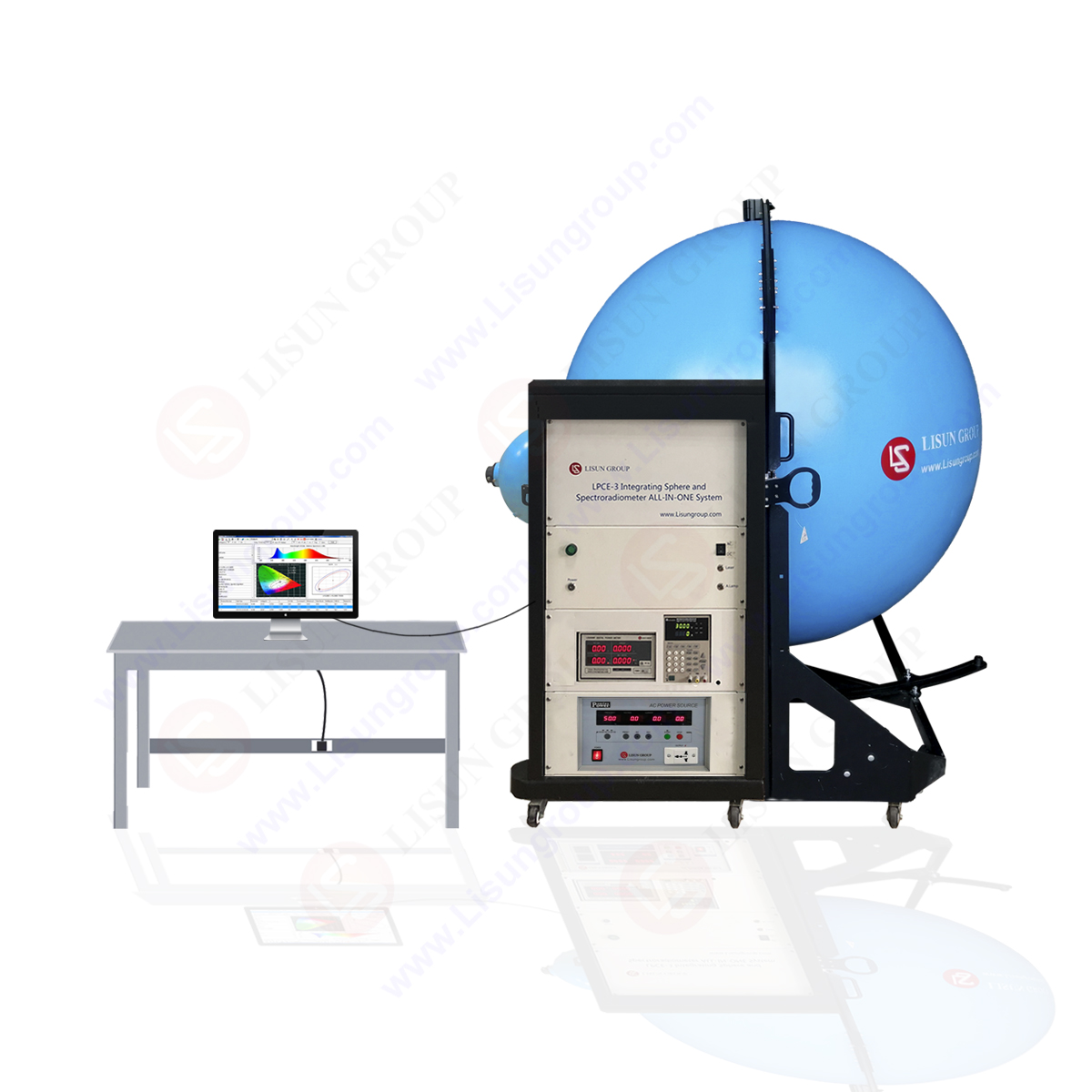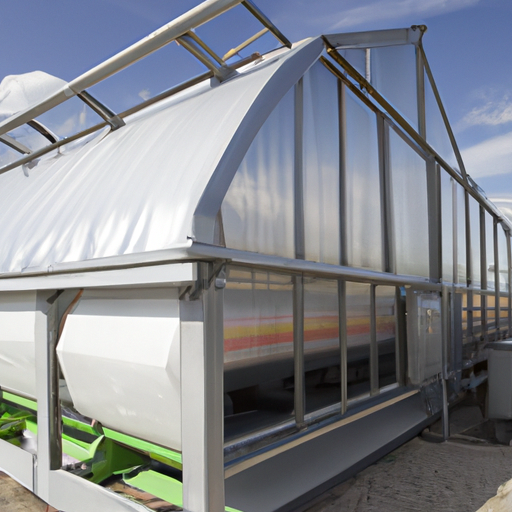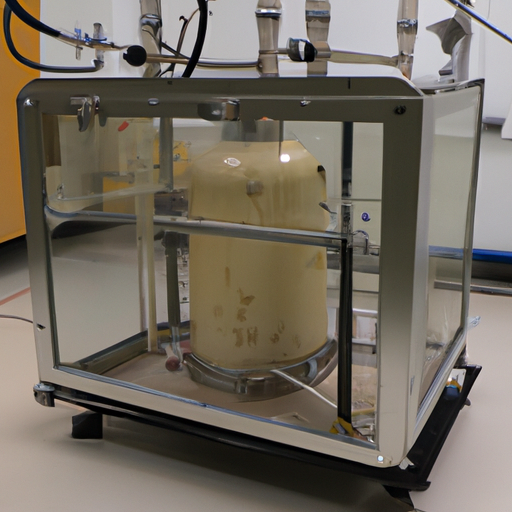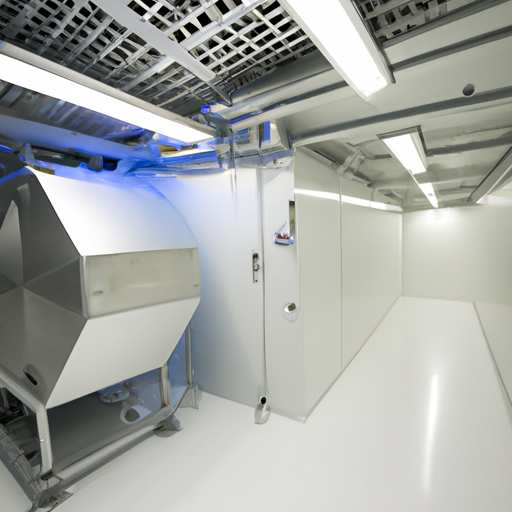By exposing the EUT to radiofrequency electromagnetic interference (EMI) through its wiring, RF conducted immunity testing is performed as part of an EMC testing process.
Continuous EMC testing, such as RF conducted immunity testing, is necessary for many commercial, automotive, and military hardware types. Each standard and test level will have unique criteria, frequency range, setup, and necessary test equipment. The most frequent frequency range for automotive and military testing is between 150 kHz and 230 MHz, while testing at higher frequencies is possible.
Compared to radiated RF, RF conducted immunity testing emphasizes coupling and exposure via linked lines or cables. Electronic or electrical equipment may be affected by background noise if the coupling mechanism (capacitive or inductive) transmits the noise onto the connected wires.
To a certain extent, the intensity of the field to which these conducted cabling lines are subjected will determine the degree of interference that travels along them. The stronger the electric or magnetic (E and H) fields, the louder the RF interference along the cables connecting them is likely to be.
Radio Frequency RF Immunity
The goal of RF conducted immunity testing is to expose a product to a degree of RF stress that is representative of what it could encounter in its working environment, throughout a frequency range mostly determined by real-world experience and pragmatic considerations.
Throughout this test, the real reaction time of the apparatus is tracked. One such compromise is represented by the test techniques, levels, and frequency ranges specified in international and European standards. These do not guarantee immunity in all situations but provide a fair chance of sufficient immunity.
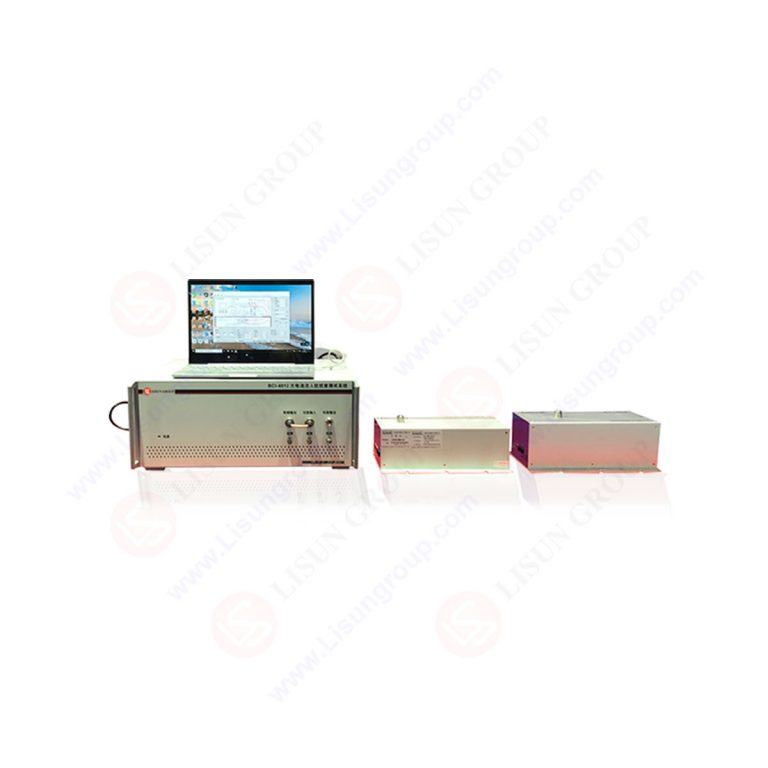
RF conducted immunity tester
Equipment
A power amplifier relies on an RF signal of the proper frequency and modulation supplied by a signal generator. Power meters and a bidirectional coupler (for both forward and reverse power) are used to gauge the amplifier’s output strength.
Through closed-loop computer control, tasks like frequency range sweeping, modulation, and output-level selection may be performed automatically and reliably every time. A EUT transducer is connected to the system and is responsible for applying the stress (EUT).
Conductive cable coupling and radiated field coupling are two types of RF conducted immunity testing. When it comes to radio frequency (RF) testing equipment, LISUN is your best option.
Conductive disturbance injection calls for carefully designed coupling networks and clamps. Electric and magnetic fields may be produced using antennas and waveguides (TEM cells, GTEM cells, strip lines). These experiments are often conducted in shielded rooms to prevent damage to the surrounding environment.
Complex steps are made to prevent reflections (via absorbers), and shielding is also used during RF field testing. The reverberation chamber tests are unique. Here, the test object is interfered with in a highly efficient and direction-independent manner by use of the reflections that arise and their superposition.
Lisun Instruments Limited was found by LISUN GROUP in 2003. LISUN quality system has been strictly certified by ISO9001:2015. As a CIE Membership, LISUN products are designed based on CIE, IEC and other international or national standards. All products passed CE certificate and authenticated by the third party lab.
Our main products are Goniophotometer, Integrating Sphere, Spectroradiometer, Surge Generator, ESD Simulator Guns, EMI Receiver, EMC Test Equipment, Electrical Safety Tester, Environmental Chamber, Temperature Chamber, Climate Chamber, Thermal Chamber, Salt Spray Test, Dust Test Chamber, Waterproof Test, RoHS Test (EDXRF), Glow Wire Test and Needle Flame Test.
Please feel free to contact us if you need any support.
Tech Dep: Service@Lisungroup.com , Cell/WhatsApp:+8615317907381
Sales Dep: Sales@Lisungroup.com , Cell/WhatsApp:+8618117273997
Tags:RFCI61000-6
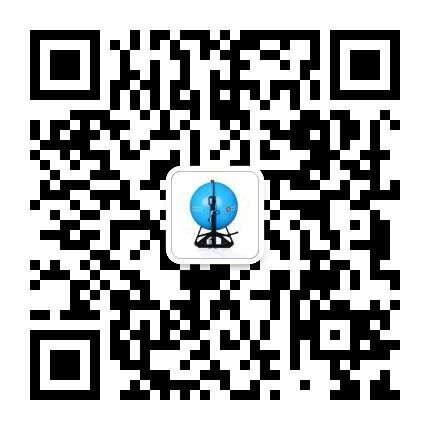
 中文简体
中文简体
